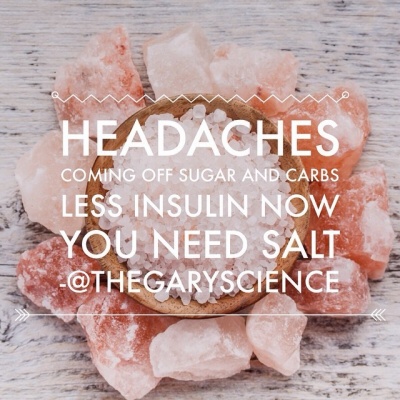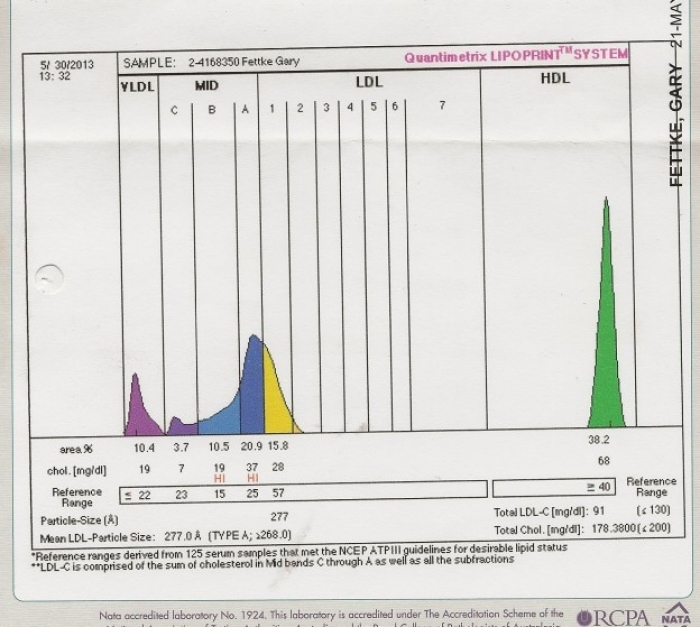Cravings
The #isupportgary What to Expect when you adopt Low Carb Healthy Fat principles is a guide to help you begin to take back control of your health and is not intended to be considered specific medical advice. The printable PDF is available here.
Reducing your sugar intake can often increase your desire for sugar and something sweet. These cravings generally settle within one to two weeks. Some whole fruit may help during this period.

Salt and Water
Reducing carbohydrates will mean less insulin requirements and therefore less insulin production from the pancreas. This reduction will result in increased excretion of salt from the body, along with fluid. Eliminating processed foods also means you aren’t consuming as much salt. Some people may experience headaches or dizziness and may feel tired. Taking some extra salt and drinking more water during this transition can help alleviate these symptoms. Add salt to your meals and aim for 2 litres of fluid a day. These symptoms are generally transient.
Magnesium
Some people may experience muscle cramps and will respond to magnesium supplements. Magnesium may also help manage sugar cravings. We encourage the inclusion of green leafy vegetables, nuts, fish and meat with naturally occurring magnesium in the diet. If selecting a supplement, the better types are amino acid chelate, phosphate or diglycinate forms. Avoid those containing magnesium oxide and take as prescribed on the bottle.
Medications
Reducing carbohydrates will generally result in a reduced requirement for blood glucose lowering medication (oral or insulin) and may result in a reduced requirement for other medications too. We strongly recommend you work closely with your GP, Endocrinologist or Diabetes Educator as you make changes to your diet. Ongoing monitoring is also important
Lipids

Lipid profiles change when you adopt an LCHF diet. The most profound change is a significant reduction of small dense LDL particles. These are a by-product of fructose metabolism and are the dangerous-sized LDLs associated with cardiovascular disease. They are not directly measured by any routine lipid testing.
The small dense LDLs are indirectly measured by the Triglyceride level. A number of 0.8 or less is indicative of no small dense LDLs in circulation. This is the cheapest method of assessing progress following LCHF principles.
Fat transport and mobilisation occurs on a lower carbohydrate diet. This increased fat utilisation means more large ‘fluffy’ LDL particles are in action and therefore the overall cholesterol and LDL-C numbers may rise. This is not a concern.
The HDL levels generally rise which is an indicator of a healthy cardiovascular clearing system. If concerns are raised regarding standard lipid profiles then other tests are available. The definitive one is a Lipid Subfraction Analysis which is readily available. It will define exact lipoprotein levels in a spectral analysis. Patients can expect to see a major reduction in the small particle sizes of zones 5, 6 and 7 (the small dense LDL ‘bad cholesterol’ particles). There generally is a rise in the large ‘fluffy’ transport LDLs in zone 1 and 2 (that is because fat is now being mobilised as a fuel source). HDL numbers are generally high. This will be reflected in a ‘low risk’ summary report.
A/Professor Ken Sikaris, Chemical Pathologist at Melbourne Pathology Blood Tests to Assess Cardiovascular Risk
